This was the story that launched my YouTube channel, it felt only right to retell this story in written form.
If you enjoy these Black History stories and want to keep discovering more, consider becoming a subscriber today. Your support helps me share these important narratives with even more people.
Cadillac has always held a special place in Black culture, signifying prestige, pride, and measuring our success, but how did this luxury automobile become so significant within Black community in the first place?
Cadillac’s Early Days
In the early 20th century, Cadillac wasn’t just another American car, it was THE CAR.
Introduced by General Motors in 1903, Cadillac quickly became a symbol of status, elegance, and top-tier engineering. The brand earned a reputation for sleek designs, powerful engines, and craftsmanship that set a new standard in the industry. In fact, Cadillac helped pioneer the idea of the “luxury automobile” in the U.S.
But here’s the thing, as much as Cadillac represented excellence, it was also wrapped in exclusion. During Jim Crow, GM followed an unwritten rule that essentially barred dealers from selling Cadillacs to Black customers.
The reasoning was very simple and sinister, Cadillacs were seen as a status symbol reserved for white America. Dealers worried that seeing Black people drive Cadillacs would hurt the brand’s image among white buyers.
So even if you had the money, access was denied.
Facing Crisis
Cadillac was riding high throughout the Twenties. The U.S. economy was booming, jazz was hot, and for those who could afford it, a Cadillac in the driveway meant you had truly “made it.”
But then came the Wall Street crash of 1929, and everything changed.
The Great Depression hit luxury industries hard. Suddenly, flashy cars weren’t signs of success, they were reminders of a system that had failed millions. Between 1928 and 1933, Cadillac’s sales nose-dived, plummeting from 41,000 vehicles to fewer than 7,000. For a company built on exclusivity and luxury, this was a death sentence. People weren’t buying high-end cars when they could barely afford to eat.
By 1933, GM was seriously considering shutting Cadillac down altogether. The brand had become a liability during a time when practicality and affordability were everything.
A New Day
At GM headquarters, executives were meeting to discuss shutting down their prized Cadillac division, until an executive named Nicholas Dreystadt knocked on their door, demanding just 10 minutes of their time. As the head GM's service department and he visited dealers across the nation. And he'd noticed something important.
An completely ignored market that could save Cadillac.
Cadillac dealerships regularly serviced cars owned by an elite club of successful Black doctors, lawyers, ministers, entertainers, and athletes. These wealthy black Americans loved Cadillacs but because of Cadillac’s racist policies, they couldn't buy the vehicles off the showroom floor. Instead, they had to pay white intermediaries upwards of $300 extra just to buy new Cadillacs for them.
Dreystadt asked: "Why give hundreds of dollars in profit to these white go-betweens," he asked, "when Cadillac itself could welcome black buyers into their dealerships?"
It was a simple, powerful question that would completely reshape Cadillac.
Changing History
Dreystadt proposed something radical yet obvious: Sell to Black customers. Allow Black Americans to openly buy the luxury cars they loved. GM executives cautiously agreed, and Dreystadt's strategy proved immediately successful.
In 1934 alone, Cadillac sales soared a remarkable 70%, and by 1941, annual sales reached 66,000 vehicles, nearly ten times what they were just eight years earlier. Dreystadt was soon appointed general manager of Cadillac that same year
For Black Americans, owning a Cadillac wasn’t just a sign of wealth. It was a powerful statement of defiance, and pride. Cadillacs symbolized that despite facing daily discrimination, Black Americans could achieve success and openly show it.
The More Things Change
As groundbreaking Dreystadt’s idea was, Cadillac still struggled internally with fully embracing its Black customer base. Between the 1940s and 1970s, the company's national advertising remained almost exclusively white. Magazines, newspapers, and television ads depicted a glamorous lifestyle, one seemingly closed-off to African-Americans even as they became among Cadillac’s most loyal and enthusiastic buyers.
Local dealers could be even harsher. automotive journalist Warren Brown spoke about his own mother being refused a Cadillac from a dealership in New Orleans during the 1960s. Determined, she eventually got her car, a 1965 Coupe DeVille by having a white intermediary make the purchase elsewhere. This was a painful reminder of how deep-rooted racial discrimination could be, even among dealerships that profited from Black consumers.
Despite these glaring omissions, Cadillac became one of the first luxury automotive brand to intentionally court and welcome Black buyers. His visionary move inspired other brands and signaled a slow but clear shift toward inclusion across America’s automotive industry. While their intentions were purely profit-driven, the shift Dreystadt sparked had real impact: Black culture embraced Cadillac
Today, Cadillac is inseparably linked with Black culture, Charles Carridine, co-chair of Cadillac's diversity marketing, expressed a shift in the company's identity:
“Now we’re leading…the industry in diversity marketing. Cadillac's model will serve as a blueprint for GM's outreach to Black Americans, Hispanics, women, and people with disabilities.”
Ultimately, Cadillac's lasting significance in our community transcends automotive excellence. It’s a powerful reminder of the our economic power and the determination to redefine prestige on our own terms.
Do you own a Cadillac? I would love to know what you thoughts are and please share them below

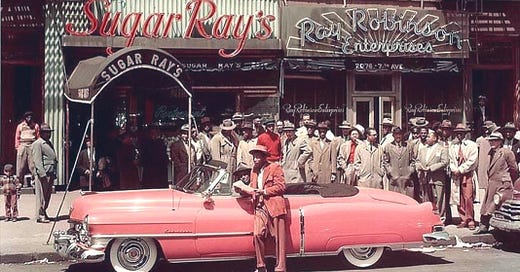



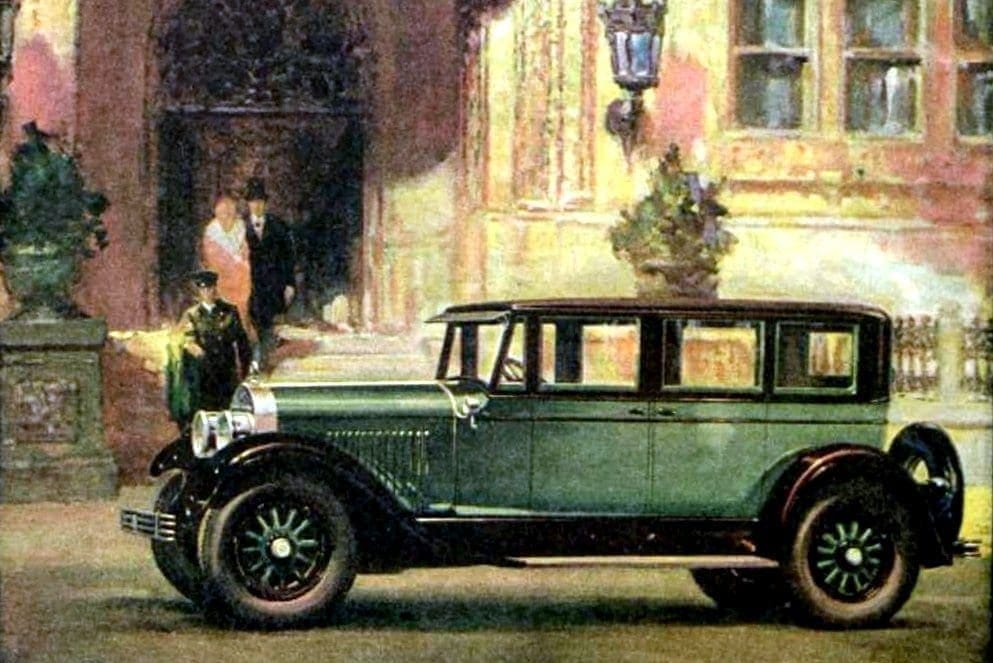
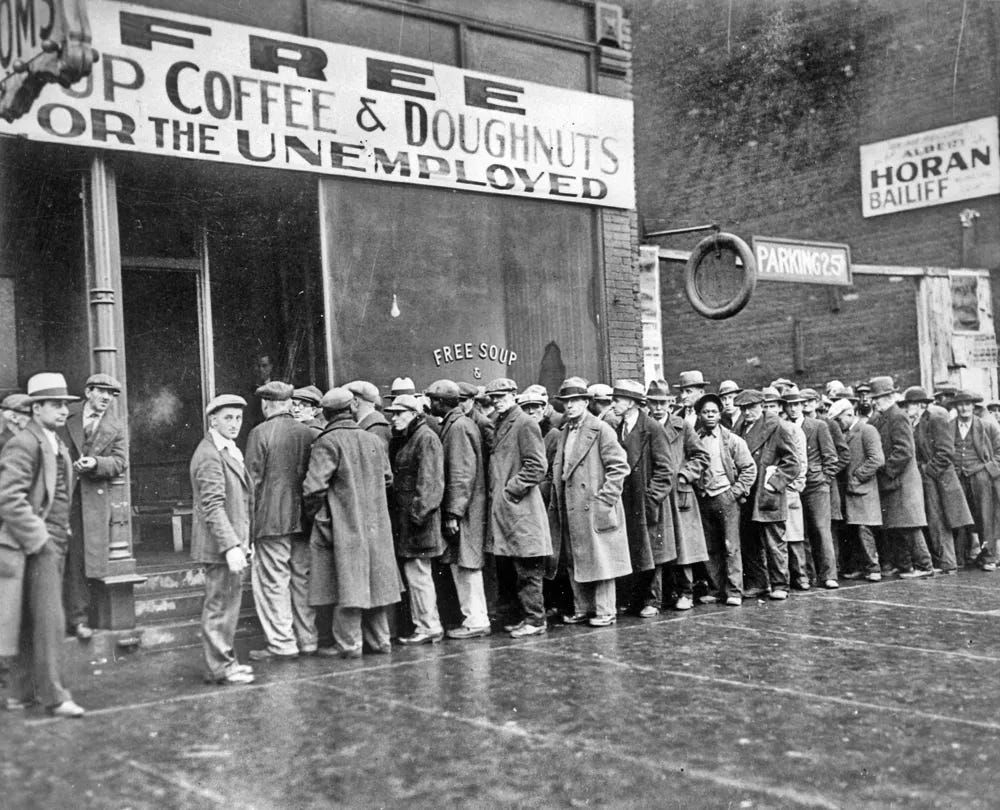

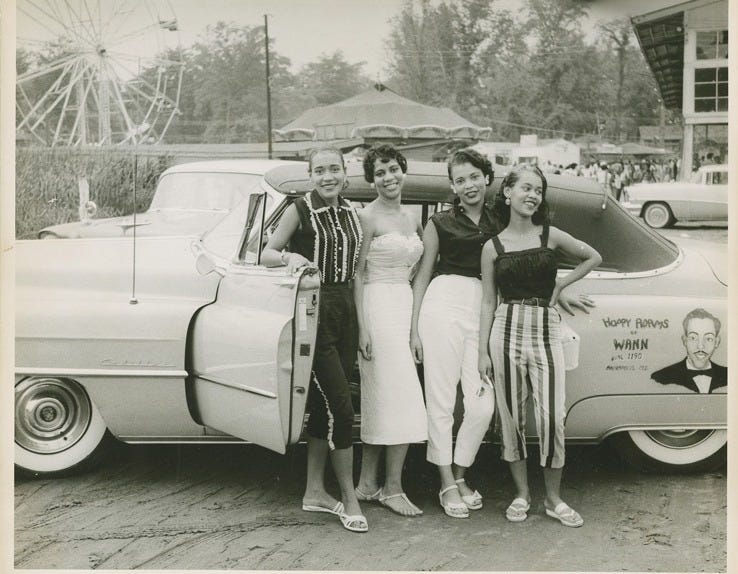
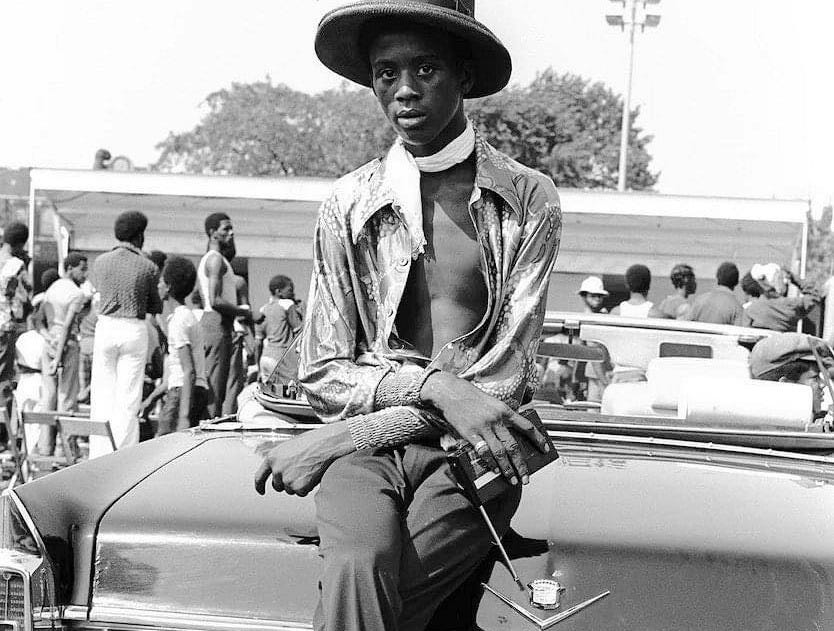
theyre okay.
but just okay.
i vastly prefer Lotuses; Jags; and pretty much anything Italian.
Certain muscle cars are nice.